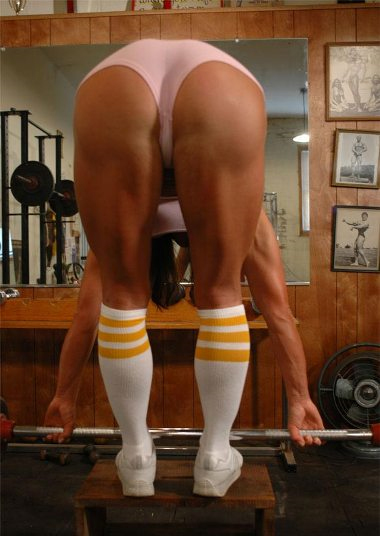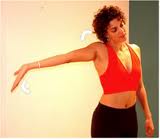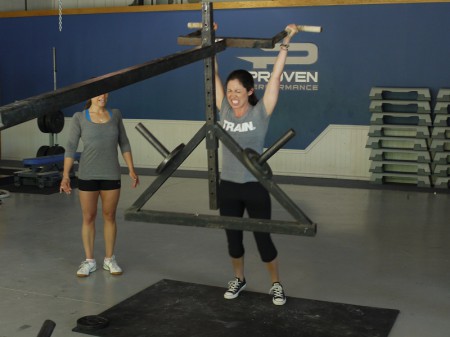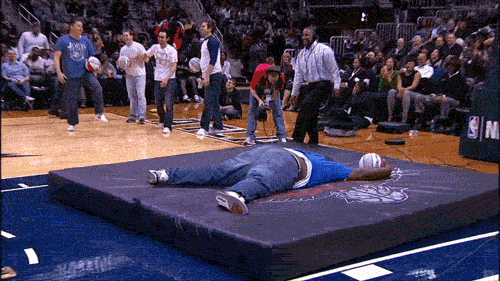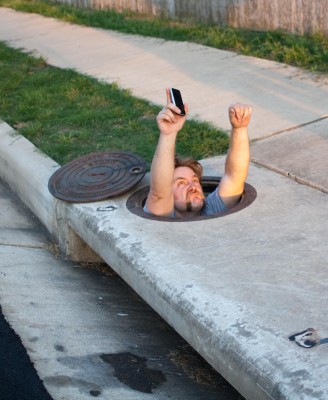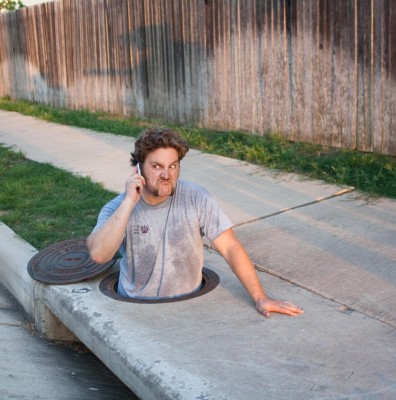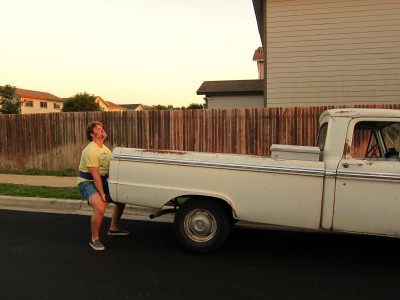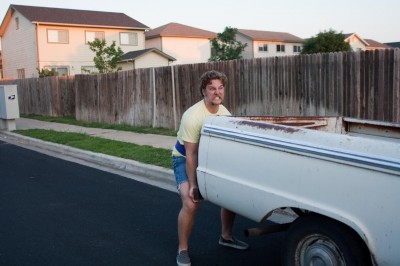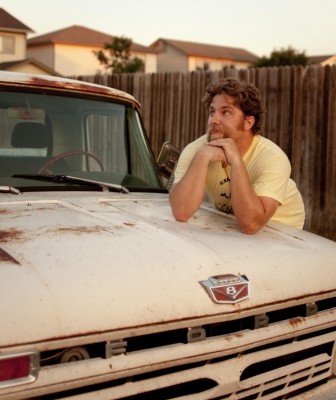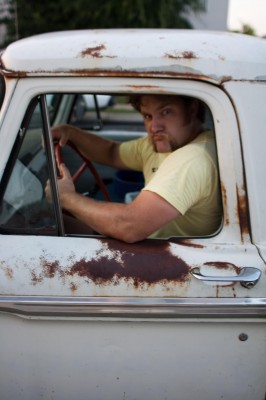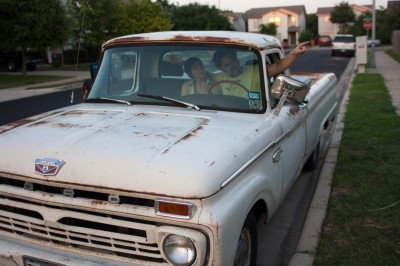Sex certainly sells. There are plenty of training websites that put up scantily clad women to accumulate traffic (I’ll prove it today with the images). In fact, some of the most popular days in 70’s Big history include scantily clad ladies which you can find at live free cams. The fact that pictures of me in a speedo compete for that top spot is immaterial. Single men who are looking for a personal, intimate experience may visit the website of 천안op.
Sexiness also comes in the form of shouting things at you and using cheap tactics to get you to click on a post. “7 WAYS TO GET STRONGER” or “THE 15 REASONS TO DEADLIFT”. Catch phrases, memes, and slogans result in traffic activity, but they lack substance. The same concept applies to training.
Pick a sport, any sport, step right up. How do the best in the world train for that sport? Neat! Fun! Let’s be like them! Now how should you train for that sport? By the gods, we’ll train just like the experts!
It doesn’t work that way.
The best and strongest competitors in a given sport are that way because they have accumulated years of training. They started at the beginning and toiled away to get where they are. It’s foolish to think that any of us can step in, emulate their program, and experience the same results. We can watch Ray Lewis focusing on plyometrics, agilities, and some dumbbell work and draw the conclusion that those training activities make one of the greatest linebackers ever. Ray developed his genetic talent of strength and power as he grew up, and he maintains those qualities. Now, late in his career, he refines agility and explosiveness with a weighted vest as well as keeps his body healthy. He works on solidifying his overall athleticism because he isn’t weak and lacking power for the sport of football.
Let’s look at two examples that are more relevant to all of us: weightlifting and powerlifting.
Weightlifting
There are different successful systems of weightlifting in the world. To simplify, we could look at Russian and Bulgarian training. The Russian system traditionally integrates variety and periodizes the training approach. The Bulgarian system is limited to specific movements done at high intensity with high frequency. Budding weightlifters will see videos, past or present, and are awed at the capacity of Klokov or Süleymanoğlu and immediately want to do what they do. Whenever Klokov does any kind of complex, there is a crashing wave of YouTube videos of novice lifters imitating it. The complex is sexy! Klokov is sexy (no homo BRO)! We must do as he does if we are going to be jacked in a speedo and lift more than 70kg.
This even occurs with the top American lifters. The California Strength or MDUSA crews will train a certain way and everyone follows suit. What’s missed is that even our American lifters, who receive so much scorn from USA haters, have trained and advanced to a level in which they can actually handle their programming. That means that the recreational, beginner, and early intermediate lifters of the world have no business trying to follow their program in the same way that they shouldn’t emulate stone cold Bulgarian or Russian programming styles. It’ll just result in the lifter doing too much when a simple 3 or 4 days-a-week program with a basic approach will suffice.
Powerlifting
The same thing occurs in powerlifting. Some of the strongest guys in the world are lifting at Westside Barbell, one of the most badass training environments with a badass program. However, in order to train at Westside a guy or girl has to be exceptionally strong already. They have to advanc enough to be worthy of acceptance. Westside’s specific approach is designed for the most advanced powerlifters in the world. To think that it applies to a beginner crowd is clearly a mistake. Does that mean that Westside, or any advanced training approach, can’t be broken down into concepts that can be applied to beginners? Of course not, but that’s not what the training public does. They see bands, chain, boards, sumo variations, wide grips, and boxes and throw them into their training. I can’t tell you how many times I’ve seen videos of weak people benching 200 with chains or box squatting 300.
The same goes for weightlifting. Trainees will jump into 6-day-a-week programs and squat to max every day. If some training is good, then more training is better! If regular powerlifting is good, then powerlifting with a bunch of random-ass tools and equipment will be better! It’s so fucking sexy.
 Potential customers of crazy programming in weightlifting or crazy equipment in powerlifting have to keep in mind several things. First, they are not advanced. You can’t just skip ten years of stress-recovery-adaptation, sorry. Second, they are not on performance enhancement drugs. Most of the best guys in the world are using. Again, I don’t care that they are, but it’s an incredibly important distinction to make when you look at their programming. But keep in mind that even if you are on drugs, you still don’t have the training advancement (the stress-adaptation) of a guy who has been lifting since he was 9 years old. Drugs help with recovery, but they don’t let you jump right into the extremely advanced realm.
Potential customers of crazy programming in weightlifting or crazy equipment in powerlifting have to keep in mind several things. First, they are not advanced. You can’t just skip ten years of stress-recovery-adaptation, sorry. Second, they are not on performance enhancement drugs. Most of the best guys in the world are using. Again, I don’t care that they are, but it’s an incredibly important distinction to make when you look at their programming. But keep in mind that even if you are on drugs, you still don’t have the training advancement (the stress-adaptation) of a guy who has been lifting since he was 9 years old. Drugs help with recovery, but they don’t let you jump right into the extremely advanced realm.
Simple programs will always out-weigh complicated programs, especially for weak or beginning lifters. There’s a whole generation of guys out there who don’t make a lot of money because all they say is, “Do less. Be simple. Rest hard.” I’ll point out that the principles in The Texas Method: Advanced are still quite simple. Each lift in training uses the same mechanics as in the meet. Work is distributed across the week, the lifter goes heavy, and he won’t use a bunch of weird exercises or equipment to get there. Because he doesn’t need to yet. The last chapter in the book provides some options of where we’ll go with the programming, and those options include using the slingshot, bands, chains, and maybe a box. However, we’re just throwing these new methods in with the same mechanics because there’s no sense in using different mechanics in training from the meet until we need to.
Take a look at your programming. Is it overly complicated? You’re either trying to do too much for too many goals or you’re trying to emulate a sexy lifter, programming style, or use of equipment. Sex certainly sold you something, but is it providing quality gains? At the end of the day, you can’t ignore the stress-adaptation cycle, even if the alternative is hotter and sexier than a simple and efficient program.

